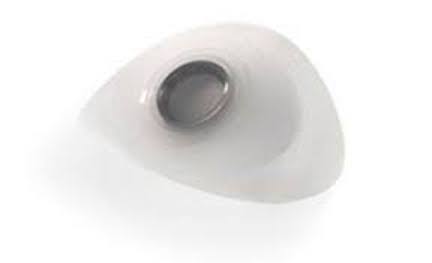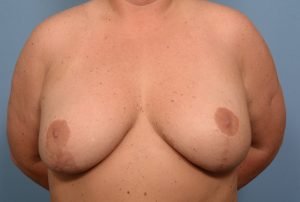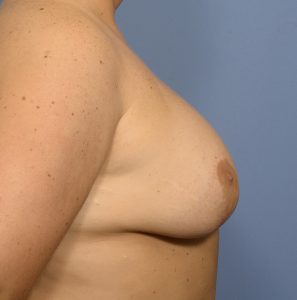Background: The request to improve a sagging breast as well as to increase its size is a common one. The success of combining a breast lift with implants is a balance between how much the breast is lifted and the size of the breast implants. These are two operations that fight against each other to exert their effects. A breast lift works by repositioning the breast mound by skin removal. Conversely a breast implant works by expanding the skin envelope.
Under normal circumstances (moderate lift with moderately size implant) these two operations work well together. But there are combinations of these two procedures that are more risky. When a significant lift is needed one has to be careful about the size of the implant. The riskiest scenario is when a large lift is needed as well as the request for a large implant size. This increases the risk of compromised postoperative wound healing of the breast lift incisions.
When this more risky lift-augmentation situation is encountered there are two safe approaches to it. One approach is to stage the two procedures. Do the lift first and then place an implant later where its size can be generous. The other approach is to still so both procedures but use a tissue expander implant device. In this approach the lift is maximized and the volume of the implant adjusted to what will fit safely within the lifted and tightened breast tissues. After surgery the expander can be gradually filled to whatever volume is needed to reach the patient’s breast size goal.
Case Study: This female had a prior history of a breast lift done in conjunction with 450cc implants.Her postoperative course as complicated by a large wound dehiscence of the vertical limb of the right breast lift. This went on to heal secondarily with a large wide hypertrophic scar. That side of the lift was also lower with greater residual breast tissue sag. Her goal now was more lift and a much larger implant size.
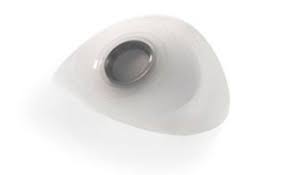
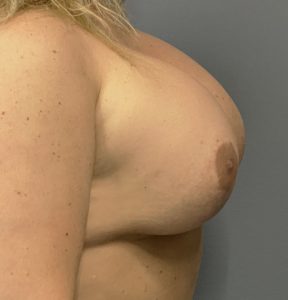
Larger breast implant sizes rely on the overlying skin envelope to safely stretch to accommodate the pressure of their presence. That pressure can be reduced by a gradual volume increase rather than an immediate one. Borrowing from breast reconstruction techniques the use of tissue expansion provides an option to more safely achieve larger breast implant sizes.
Case Highlights:
1) Combining larger breast implants when a lift is being concurrently done increases the risk of postoperative wound healing problems.
2) One method of safely achieving larger breast implant sizes is with the use of a breast tissue expander style implant.
3) With using tissue expander implants maximize the amount of breast lift needed and then set the expander volume. Additional volume can be added after surgery to achieve the inlay desired breast size.
Dr. Barry Eppley
Indianapolis, Indiana

